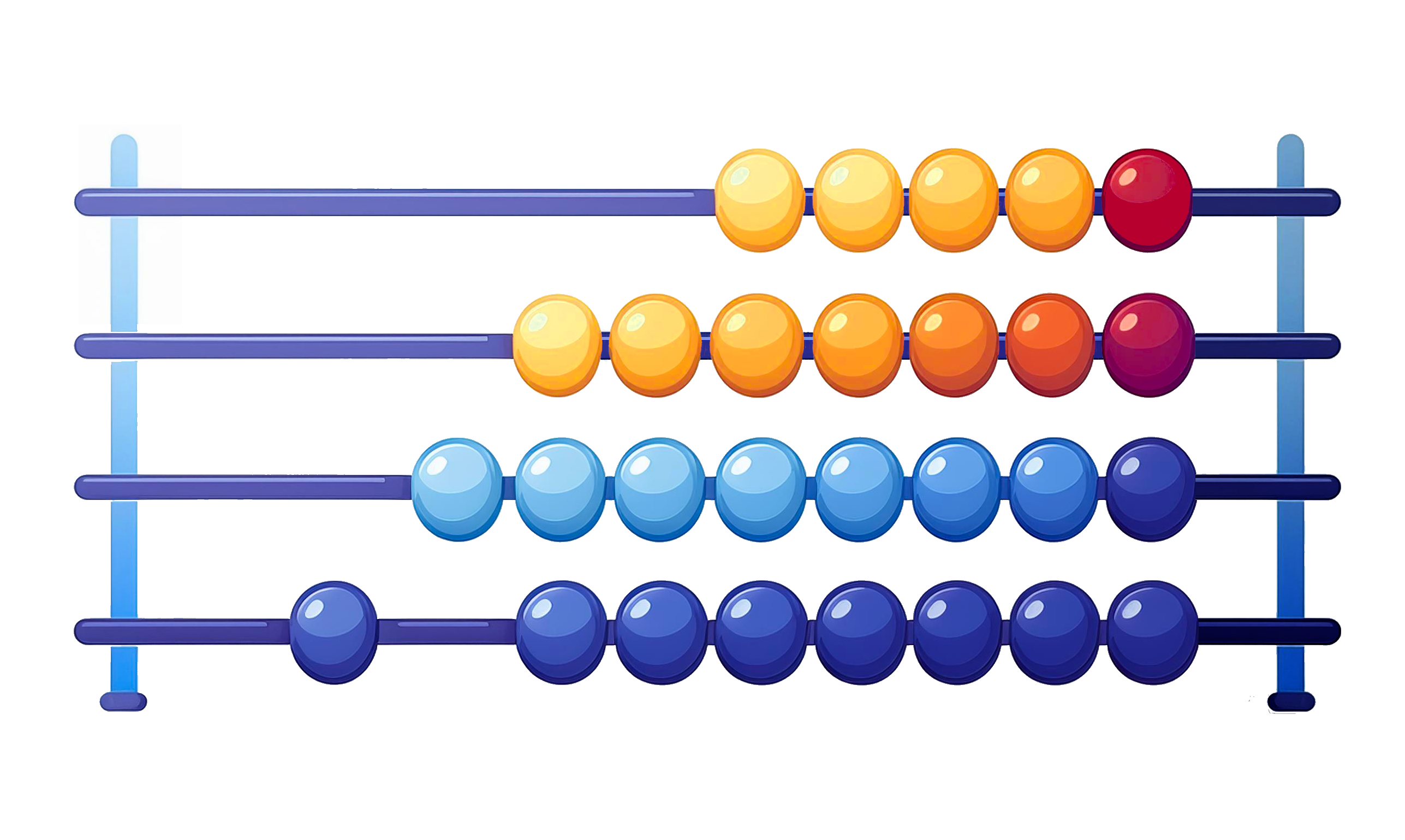New Feature Highlight: Absolute Count

Have you ever wanted to know how many tumor cells were in each microliter of a blood sample? The newest CellEngine release expands the ability to calculate absolute cell counts, which determine the number of a specific cell type in a given volume of sample. Multiple methods are supported, including calculations where beads have been added, and those using sample volume alone. Once configured, absolute counts are available as another statistic for visualization and analysis, just like percentages of populations or event counts.
Why Absolute Count?
The definition of a population provides an event count, which is arbitrary on its own. Populations can be compared to each other (e.g. percent of singlets or CD4/CD8 ratio), which provides relative frequency. In some cases, however, it’s more useful to know the concentration of a specific population. Sometimes the absolute count is relevant in itself, like an increase in the number of circulating metastatic cells, or adds context to other data, like if the ratio of Th1:Th2 cells changed only slightly, but the absolute number increased for both populations.

CellEngine’s metadata-driven approach makes it easy to calculate absolute counts by adding relevant assay parameters to the analysis.
Absolute Count Methods
CellEngine supports several approaches to calculating absolute counts in order to accommodate different experimental setups.
Bead-based
One common way of calculating absolute counts is by adding beads at a known quantity or concentration to the sample during sample preparation. A gate is drawn around the beads, allowing for normalization of counts. CellEngine supports entering different bead information for each sample, allowing analysis of large studies where multiple lots of beads had to be used.
Sample volume
Absolute counts can also be derived from the volume of the sample analyzed, even if no beads were added. If using a volumetric cytometer, this information will be automatically stored in the FCS file header, which can be easily extracted into sample metadata. Alternately, if the cytometer is well-calibrated with a steady rate of flow, a precise sample volume can be calculated from the flow rate and acquisition duration.
Using Absolute Count

Regardless of method, calculating absolute counts entails simply entering the relevant assay information into the annotations section of an experiment. (See here for complete details.) Once set up, absolute counts can be used for both visualization and exported for further analysis.
Interested in trying out absolute count? Test absolute count, and all the other features designed to make data analysis faster and easier. Sign up for a free two-month trial at https://cellengine.com.
